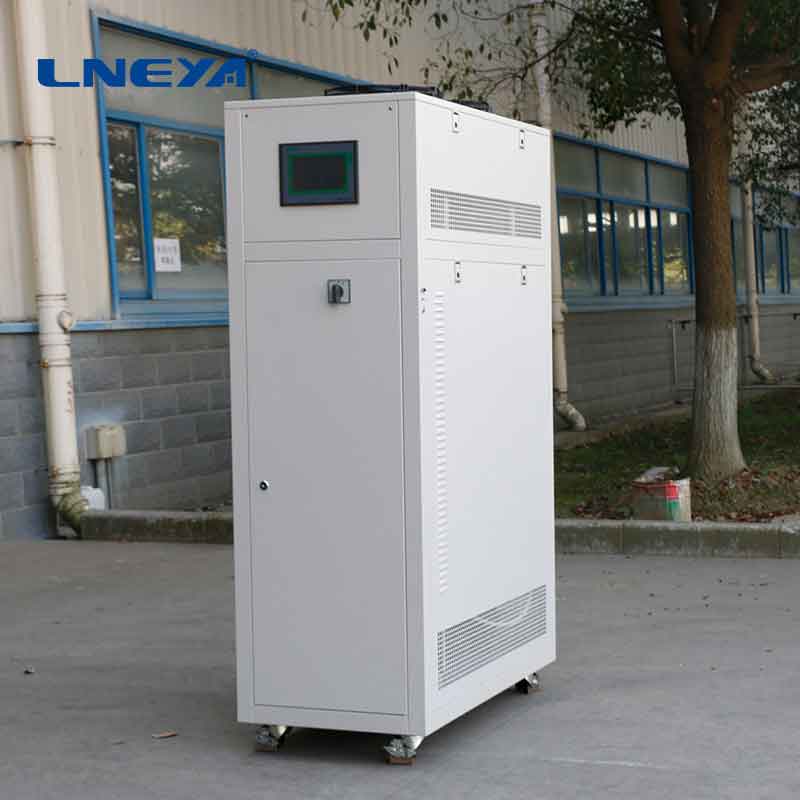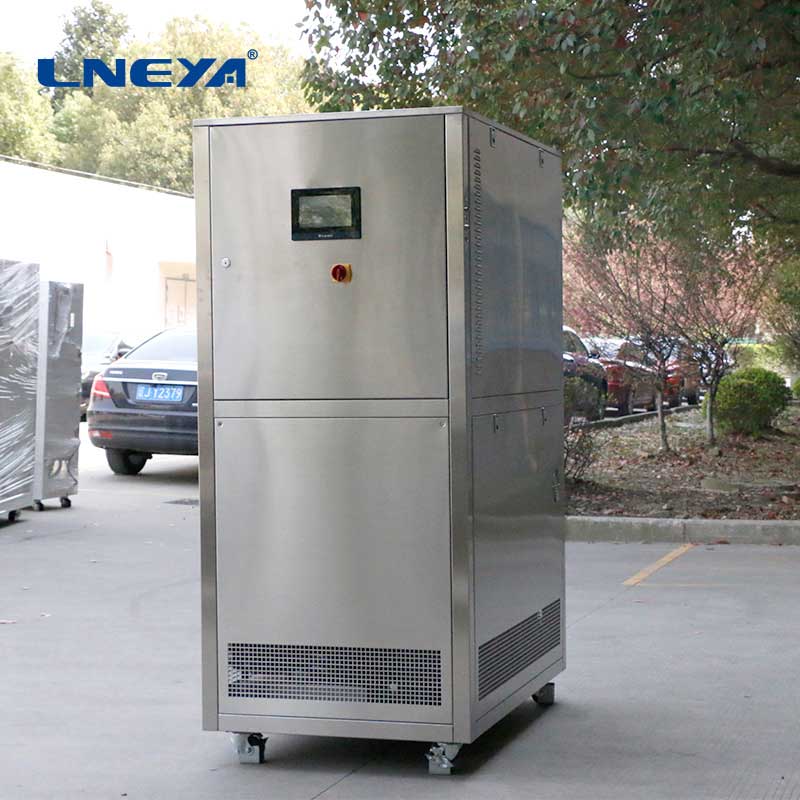water cooled chiller operation
An In-Depth Look at Water-Cooled Chiller Operation
Water-cooled chillers are essential for cooling systems in industries like manufacturing, pharmaceuticals, and data centers. Their operation is based on a series of processes that involve the refrigeration cycle and heat exchange. This article provides a detailed explanation of how water-cooled chillers operate, the factors that affect their performance, and strategies for maintaining optimal operation.

Fundamental Principles of Operation
Refrigeration Cycle:
The operation of a water-cooled chiller begins with the refrigeration cycle, which involves the circulation of a refrigerant through the system. The refrigerant absorbs heat from the water being cooled and releases it to the atmosphere.
Heat Exchange Process:
The heat exchange process is central to the chiller’s operation. It involves the transfer of heat from the refrigerant to the cooling water, which is then circulated through the system to provide cooling.
Key Components:
The chiller’s components, including the compressor, condenser, evaporator, and expansion valve, all play a crucial role in the refrigeration cycle and heat exchange process.
Operational Considerations
Energy Efficiency:

Efficient operation of water-cooled chillers is crucial for reducing energy consumption. This can be achieved through proper sizing, regular maintenance, and the use of energy-saving technologies.
Maintenance:
Regular maintenance is essential for ensuring the chiller operates effectively. This includes cleaning the heat exchanger, checking refrigerant levels, and inspecting the compressor and other components for wear or damage.
Troubleshooting:
Common issues such as low cooling capacity, high energy consumption, or system leaks can be addressed through troubleshooting. Identifying and resolving these issues promptly is crucial for maintaining chiller performance.
Optimizing Chiller Operation
System Sizing:
Properly sizing the chiller for the specific cooling load is essential for optimal operation. An oversized or undersized chiller may operate inefficiently or fail to meet the cooling requirements.
Control Systems:

Advanced control systems can monitor and adjust the chiller’s operation based on real-time data, ensuring efficient and reliable cooling.
Water Treatment:
Proper treatment of the cooling water is crucial for preventing scale buildup, corrosion, and biological growth, which can impact the chiller’s performance.
Conclusion
Understanding the operation of water-cooled chillers is vital for ensuring they provide efficient and reliable cooling. By considering factors such as the refrigeration cycle, heat exchange process, and key components, users can optimize the chiller’s performance and minimize energy consumption. Regular maintenance and proper system sizing are also essential for maintaining optimal operation and preventing common issues.
Note: This article is intended for informational purposes only and should not be considered as professional advice. For specific applications, it is recommended to consult with a qualified HVAC professional.
Related recommendations
process cooling water systems
559Process cooling water systems play a vital role in maintaining the efficiency and safety of industrial processes. These systems are designed to absorb and remove excess heat from processes, preven...
View detailsHow does a 5 ton chiller work?
998How does a 5 ton chiller work? In most cooling applications, the pump system circulates cold water or ethylene glycol solution from the cooler to remove heat. This cold fluid carries aw...
View detailsHow to Choose Heating and Cooling Equipment According to the Parameters of the Reactor?
1169How to Choose Heating and Cooling Equipment According to the Parameters of the Reactor? Refrigeration and heating equipment is a kind of temperature control equipment that is widely used now...
View detailsPrecautions for the refrigeration pipeline of the chiller
1434Precautions for the refrigeration pipeline of the chiller The diameter of the copper pipe should be selected in strict accordance with the suction and discharge valve interface of the compre...
View details
 LNEYA Chiller
LNEYA Chiller







HelloPlease log in